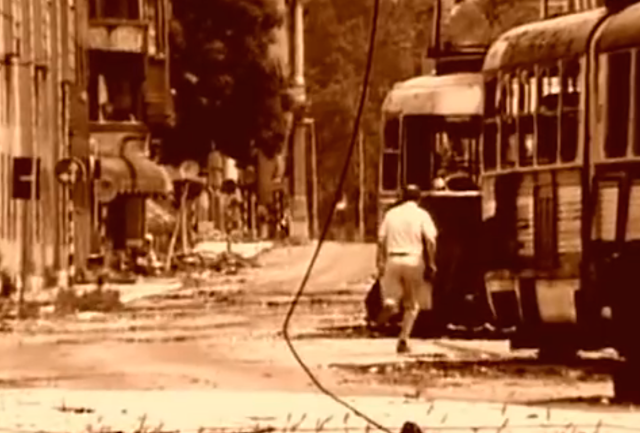KEYWORDS: Gandhi, United Kingdom (UK), India, colonialism, elections, Acton
SUMMARY: No summary included.
LISTEN TO AUDIO RECORDING.
STORIFY Version Unavailable.
NOTE: Two audio-visual recordings below.
 |
| Gandhi's newly-unveiled statue on March 14, 2015, London, UK |
In 1915, Mohandas Gandhi launched his campaign against british colonialism. A century later, his demure figure is cast in bronze and unveiled at London's Parliament Square. The work, by British sculptor Philip Jackson, is described as a "magnificent tribute" to India's spiritual father. Surely, the audience assembled sense the irony of this historical event.
The morning of Saturday, March 14 was grey and cool yet the special stands erected inside the Square were full of spectators (see video right below). Fittingly dressed in dark suits, Gandhi's grandson, Gopalkrishna Gandhi, Prime Minister David Cameron, India's Finance Minister, Arun Jaitley, and Bollywood royalty, Amitabh Bachchan, exclaimed their admiration for Gandhi's singular focus on achieving India's independence. This was a political event, make no mistake about it: a UK election is only 5 weeks away and there are some 1.4 million British-Indians, many of whom belong to an influential middle/professional class, worth courting.
I arrived well after the formal ceremony had ended (see above video). However, I really had come to see (or should I say 'view'?) Gandhiji. With the Square clear of dignitaries and members of the public, I could poke around, albeit just between the fencing as the area was now officially closed. What I found out was that the historical unveiling of Gandhiji - of his statue - invited a deeper discussion about his ideals. And this I discovered in an unlikely exchange between tourist and Londoner.
Listen here for that perspective:
My (a tourist) conversation with the security guard (a Londoner) continued for another ten minutes or so. We talked mostly about Greater London's non-white immigrant neighbourhoods, like Acton, where I was staying. He and I agreed that in spite of the relative calm, divisions that cut across class and religion clearly exist. And with youth unemployment an ongoing concern, such divisions do not bode well for the Capital or the country as a whole. Who will step in as 'spiritual father' - or mother - to the disenfranchised? (We can speculate who has stepped in.) Will they be deserving of a bronze statue one hundred years from now?
In a way, Gandhi's fight against British oppression seems more straightforward than Britain's present-day equality battle. However simplistic this may sound: independence is one matter, equality but several rolled into one. I suppose this should come as no surprise: in a country that will honour the likes of Mandela, Disraeli, Churchill, and Gandhi (missing women duly noted) all on the same green square patch of land, there is clearly no 'finish' line. Someone, perhaps not as illustrious as Mahatma Gandhi, is always arriving on these shores.
ADDENDUM: As a young man, Gandhi spent three remarkable years in London. Here's an extract from a 1942 (six years before his assassination) newspaper interview in which he expresses his deep affection for the City.
 |
| Source: India: Another Way of Seeing, GRANTA, Winter 2015 |






















